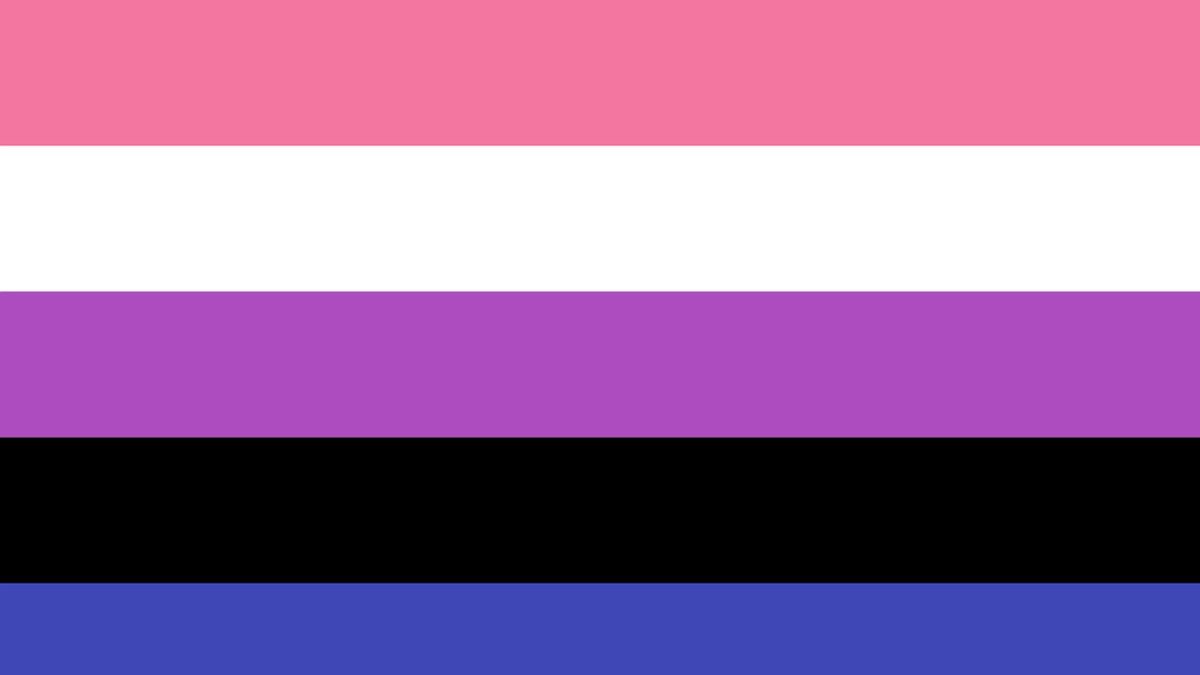More and more people are beginning to understand and accept that there is a wide range of gender identities and expressions. Along with these advancements, a plethora of flags and symbols have evolved to symbolize and honor non-binary and transgender people. For those who identify as gender-nonconforming, one such flag is the genderfluid flag. The purpose of this article is to examine the meaning behind the gender-neutral flag by discussing its design, colors, and the principles it stands for.
The Genderfluid Identity
People whose sense of gender identity shifts frequently are said to be genderfluid. In contrast to those who consistently identify as either male or female, genderfluid people feel more macho at times and more feminine at other times. Gender fluidity can happen gradually or suddenly, and can include people of any gender.
The Genderfluid Flag’s Colors and Symbolism
There are five horizontal stripes of varying colors on the genderneutral flag. The gender-fluid identity is captured in the symbolic meanings of each color. The flag was designed to give transgender people a visible symbol of solidarity.
- Pink: The pink sash is a symbol of femininity. It represents moments when gender-nonconforming people identify with female gender expression and take on more traditionally feminine traits and social norms.
- White: Gender neutrality and gender fluidity are represented by the white band. It’s a symbol of the times when people are comfortable expressing themselves as neither male nor female.
- Purple: The purple bar represents an amalgam of masculine and feminine qualities. It symbolizes the times when gender-nonconforming people feel both masculine and feminine aspects of their identity.
- Black: The black bar symbolizes a lack of gender or an inability to identify one’s own gender. It validates the experiences of gender nonconformists when they accept a stance of gender neutrality or nonidentification.
- Blue: The blue bar stands for strength and masculinity. It represents times when gender-variant people feel more comfortable identifying as men, adopting behaviors and social norms that are more commonly associated with men.
All these hues together create a graphic representation of the wide range of gender nonconforming identities and expressions. The flag is a symbol of unity that promotes belonging, tolerance, and mutual respect.
The Importance of the Genderfluid Flag
The gender-nonconforming flag is an important symbol for raising awareness and gaining acceptance for transgender people. Displaying this flag is a public statement of support for gender nonconformity and a rejection of rigid gender roles. It’s a useful visual aid for remembering that gender is not binary but rather multifaceted.
The flag can be a symbol of pride and acceptance for people who don’t identify as a specific gender. They might take comfort in the knowledge that their struggles are shared by others and that they are not alone. The flag is an effective tool for campaigning, sparking discussions about gender diversity and inclusion and bringing attention to the concept of gender fluidity.
Conclusion
Symbols like the genderfluid flag are becoming increasingly significant as society moves toward greater acceptance of a wide range of gender identities. As such, it provides visibility, acknowledgment, and a sense of community to people who identify as gender nonconforming. By learning the meanings of the gender-neutral flag’s colors, we can better understand and accept transgender people. Let us rejoice in the diversity of gender expression and work together to make the world a better place for people of all genders.











